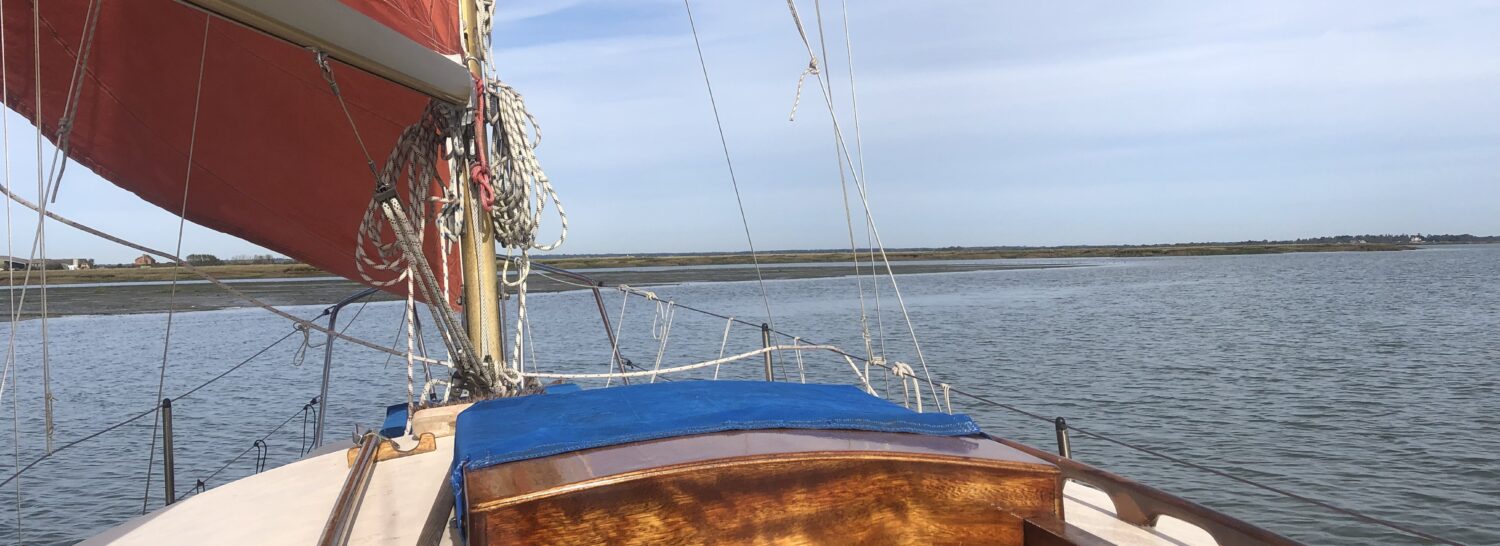Whilst in Scotland during May and early June, Christobel bought me a book she found in Fort Augusta about Scottish boat types. I wasn’t too sure, but looked interesting with a cursory flick through – ‘I am glad I said yes please…’
The author Ian Stephen has had a long association with Scottish craft, being brought up with them and has continued to sail them, as well as his own family cruiser based in the Western Isles.
Ian weaves into the boat types stories behind them and associated folk lore. It reminded me, in a way, to ‘The Salty Shore by John Leather.’ However, it is rather different!
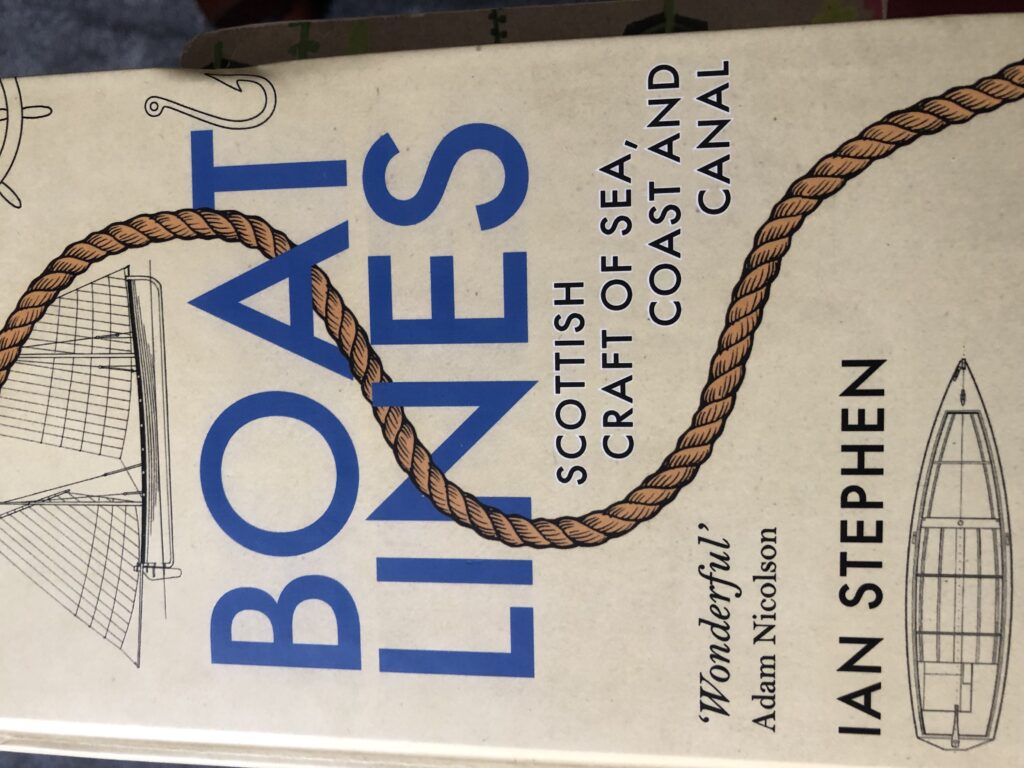
The book covers all types of craft up to the size of the Scottish Light Tenders (with their associated work boats) and the Clyde Puffers – of which two examples currently live on the River Medway.
In a section about the craft from the likes of Watson, Mylne and Fife, there is a passage that rang in my heart: I have said the same thing!
About the King’s Britannia he talks of the revival of the big class yachts, J’s and such and says: ‘What if Britannia had been handed to a charitable trust instead of being stripped and deliberately sunk? What is committed teachers had worked with young people of deprived parts of cities, say Plymouth, Swansea, Belfast and Glasgow? He continues by asking the what if about these youngsters racing against the millionaires’s rebuilt boats…
Yes, well.
The same could be asked of Everard when they deliberately broke up two good sailing barges in 1963.
Thank goodness we now have organisations like the Sea Change Sailing Trust with their new spritsail barge Blue Mermaid…
While staying in Tarbert, Aygyll, I spotted a traditional open fishing skiff. She’s a Loch Fyne Skiff built during the last decade by a local boat builder, A & R Way, who involved local students in her build. Her hull and rig, a raked single mast with a standing lug, defines her type.
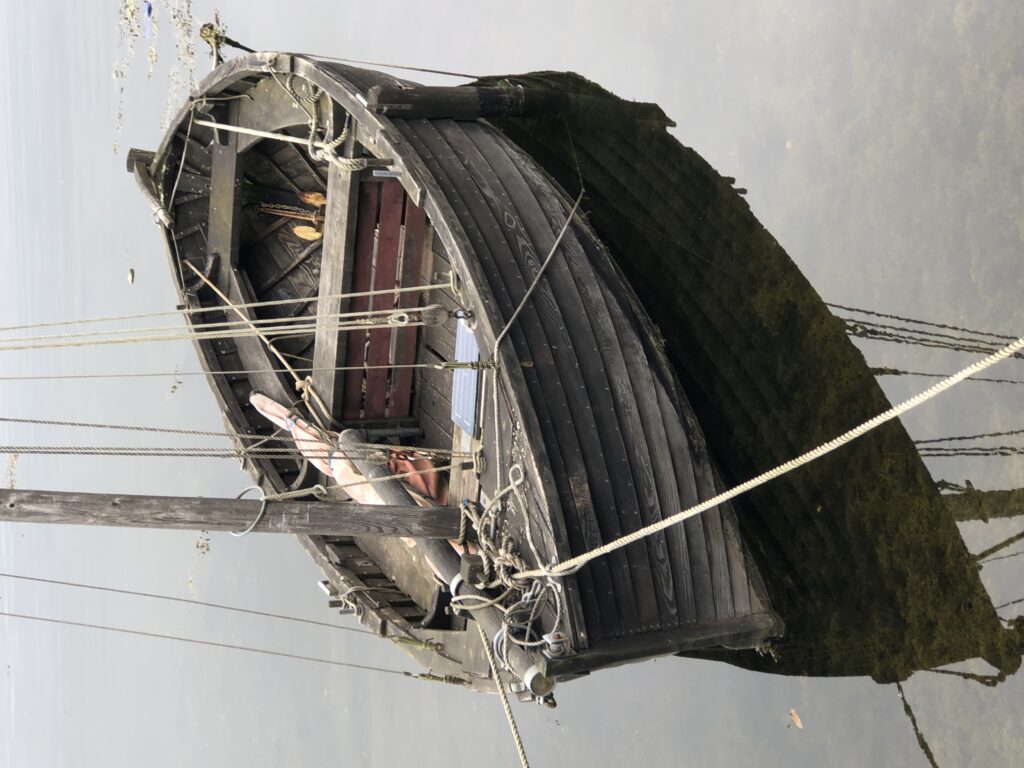
The author also discusses repurposing designs for a modern use – largely in rowing. All round the UK and many places abroad, the rowing of skiffs and traditional west country gigs has become hugely popular.
Many of the Scottish small beach launched craft used pebbles as ballast, however, in the modern rowing usage, the ballast is the people. and I am sure a ‘rower’will tell you that weight distribution makes a huge difference.
Some types have been recreated, and the author questions why. He says in chapter 3: ‘The purpose of Wee Hector, built by Mark Stockl (then with Ullapool Boatbuilders) was not clear. A role in the encouragement of tourism was one of the funding criteria. But there seemed no practical plan for fulfilling this.’
I was reminded of the Leigh-on-Sea Endeavour project – the rebuild of a typical mid 20th century cockle boat. She does very little apart from attending ‘flag’ events. Her rebuild funding criteria included taking youngsters afloat. Little if any of this is done for varying reasons – safety limitations, as far as I know, is one.
Another type covered was the Plockton racing dinghies. I’d come across these at Plockton while sailing aboard the Gaff Ketch Eda Fransden some eight years ago now. Several were listed over on the shore and their lines were interesting along with a deepish keel shallowing like working craft towards the bow. The rigs are tall, nothing at lal similar to a working boat where sail area was kept deliberately low aspect to help with sailing in often far from perfect conditions.
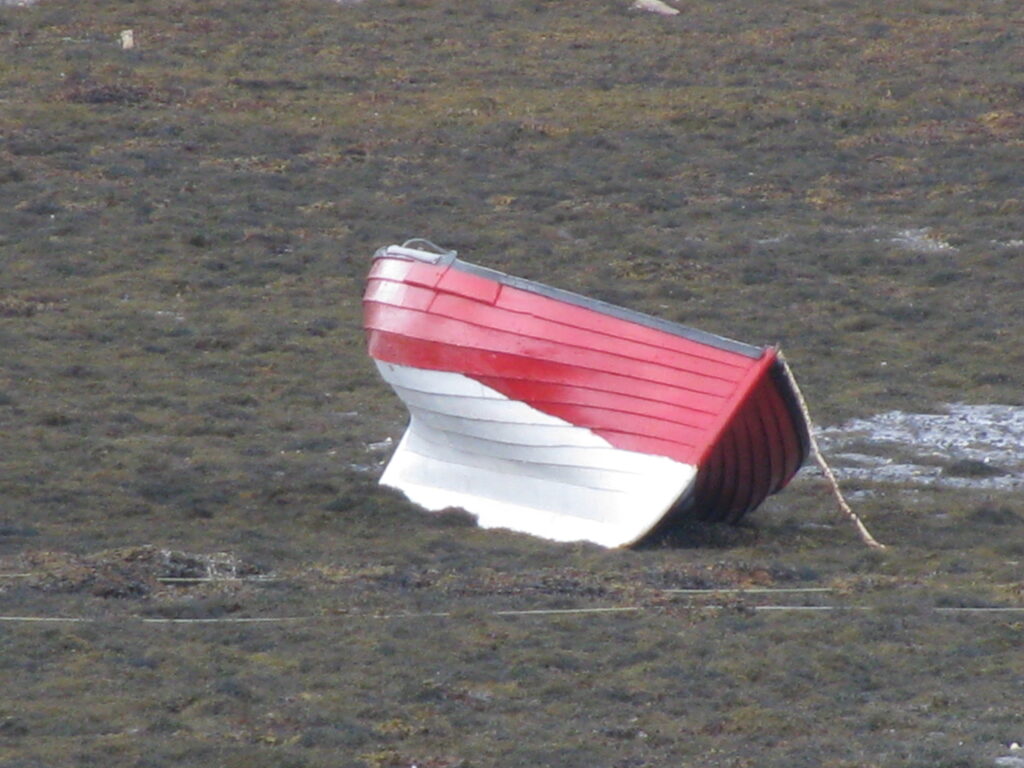
Many a Scots builder’s outputs can be found in our east coast waters – the Miller’s, the Zulu’s and east coast two masted lug rigged boats. Sometimes, the mouldering remains can be seen too.
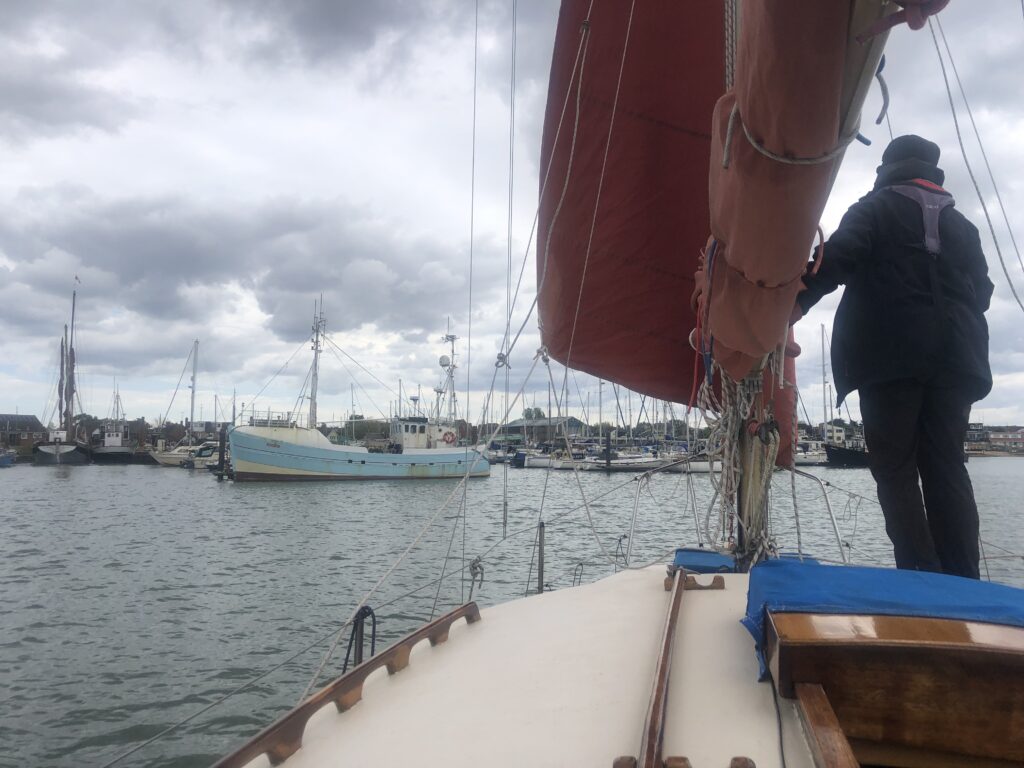
My one gripe: the author often discusses at length a certain type with its rig set up but doesn’t include a picture… the book is scattered with little line drawings and sketches of craft, but I was often left wondering…
That said, I found the book very interesting and full of knowledge. I enjoyed it immensely and feel I have been educated into the bargain…
The book: Boatlines, Scottish Craft of Sea, Coast and Canal, by Ian Stephen, published by Birlinn, Edinburgh, 2023. £16.99.
